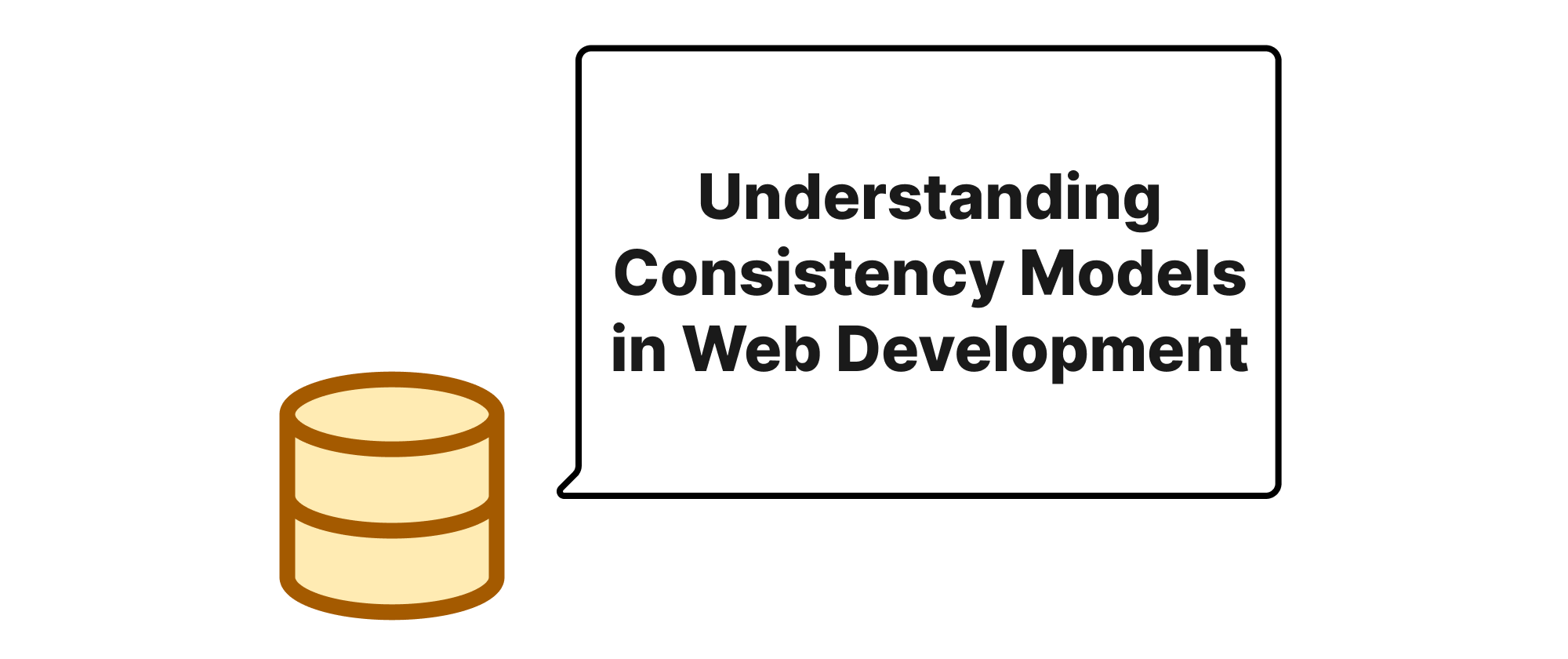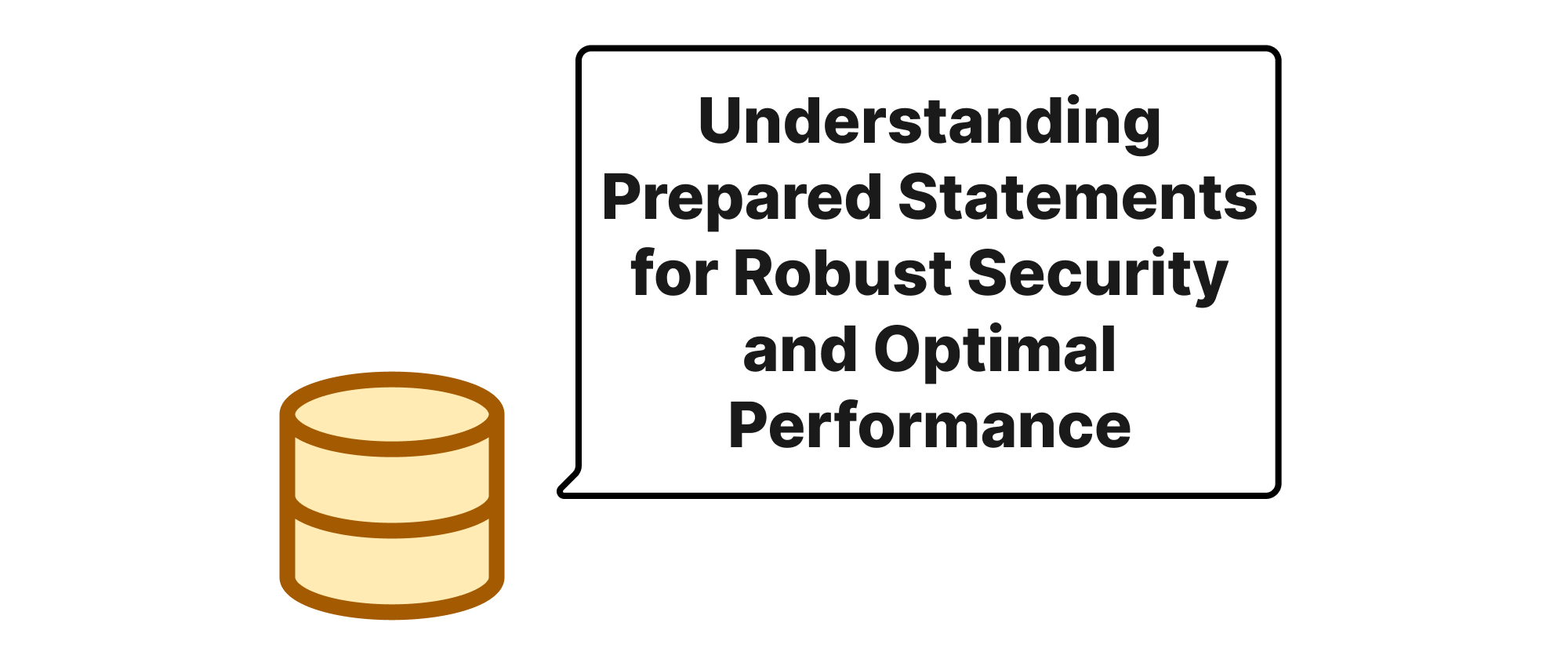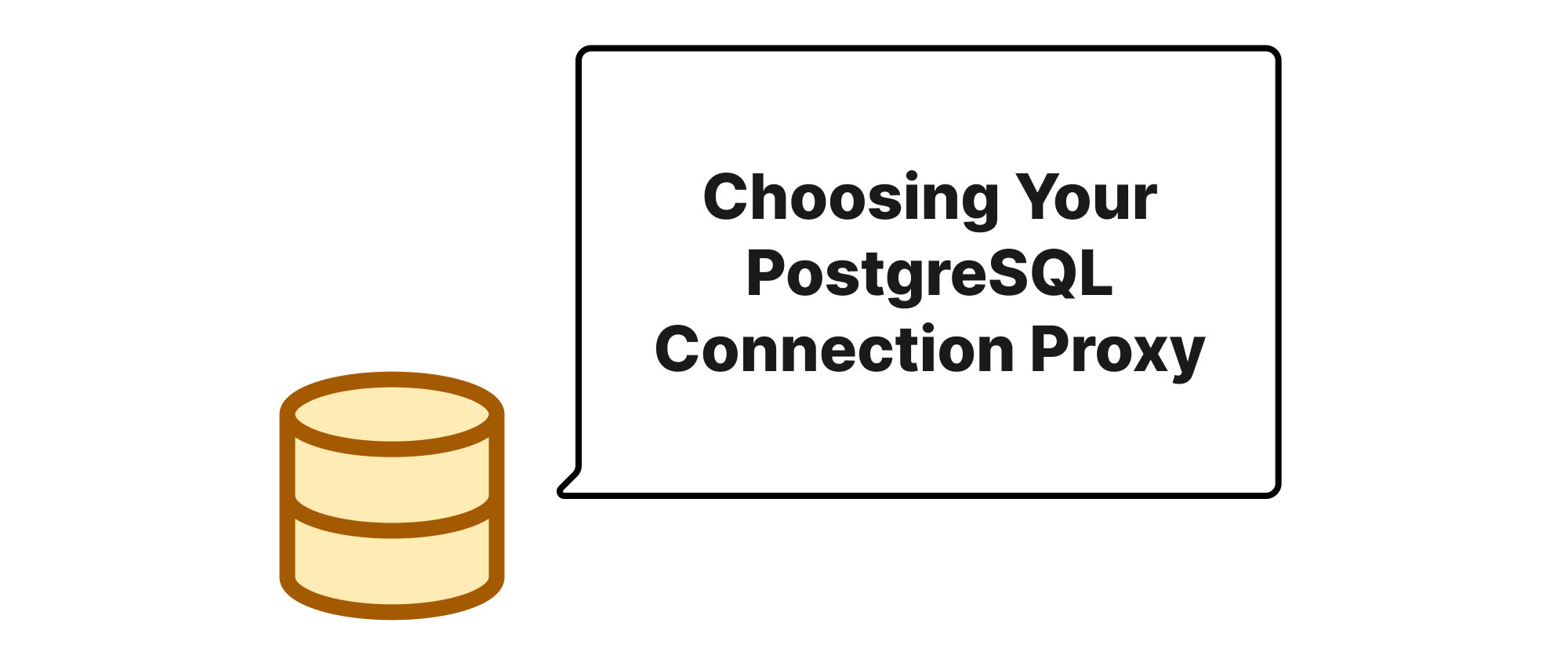Understanding Consistency Models in Web Development
Wenhao Wang
Dev Intern · Leapcell

Introduction
In the intricate world of modern web development, data consistency is a cornerstone of reliable and scalable applications. As systems grow in complexity and distribute across multiple servers and geographical locations, ensuring that all users see the same, up-to-date data becomes a significant challenge. This is where different consistency models come into play, offering a spectrum of guarantees and performance characteristics. The choice between strong consistency and eventual consistency is not merely a technical one; it profoundly impacts user experience, system architecture, and operational costs. This article delves into these two fundamental consistency models, exploring their definitions, technical underpinnings, practical implications for web developers, and the crucial trade-offs involved in selecting the right one for your application.
Core Concepts
Before we dive into the nuances of consistency models, let's establish a common understanding of some key terms.
-
Consistency: In the context of distributed systems, consistency refers to the guarantee that all reads return the most recently written value or an error. More broadly, it implies that the data across all replicas is in a correct and valid state according to the application's rules.
-
Availability: Availability ensures that the system remains operational and accessible to clients, even in the face of failures or network partitions. A highly available system is always ready to process requests.
-
Partition Tolerance: Partition tolerance means the system continues to operate despite network failures that split the system into multiple isolated partitions, preventing nodes from communicating with each other.
-
CAP Theorem: The CAP theorem states that a distributed data store can only guarantee two out of three properties: Consistency, Availability, and Partition Tolerance. In the presence of a network partition (which is almost inevitable in large-scale distributed systems), you must choose between strong consistency and high availability.
-
Replication: Replication involves storing multiple copies of data across different machines. This is done for fault tolerance, increased availability, and sometimes to improve read performance.
Strong Consistency
Strong consistency, sometimes called immediate consistency, guarantees that once a write operation is committed, all subsequent read operations will immediately see that updated value. This is the most intuitive and easiest consistency model to reason about from an application developer's perspective. It's like a single central database where every operation happens sequentially.
How it works
Achieving strong consistency in a distributed system typically involves mechanisms that ensure all replicas are updated or reflect the new state before acknowledging a write. Common techniques include:
-
Two-Phase Commit (2PC): A distributed algorithm that ensures all nodes in a distributed transaction either commit or abort the transaction. A coordinator node first sends a prepare message to all participants. If all participants are ready, they respond with an okay, and the coordinator sends a commit message. If any participant is not ready, or a timeout occurs, the transaction is aborted.
-
Distributed Locks: Using a distributed locking service (like ZooKeeper or etcd) to coordinate access to shared resources, ensuring only one writer can modify data at a time.
-
Quorum-based Consistency: For a write operation to be considered successful, it must be acknowledged by a minimum number of replicas (a write quorum,
W). For a read operation, it must query a minimum number of replicas (a read quorum,R). IfW + R > N(whereNis the total number of replicas), strong consistency can be achieved.
Application in Web Development
Strong consistency is often preferred for critical data where staleness cannot be tolerated, such as financial transactions, user authentication, or inventory management where precise counts are crucial.
Example: E-commerce Inventory Update
Consider an e-commerce application where a user purchases a product. It's critical that the inventory count is accurately decremented immediately to prevent overselling.
# Assuming a strong-consistent database client (e.g., PostgreSQL with a transaction manager) class InventoryService: def __init__(self, db_client): self.db = db_client def purchase_product(self, product_id, quantity): try: with self.db.transaction(): # Start a transaction for strong consistency # Read current inventory current_stock = self.db.execute_query( "SELECT stock_level FROM products WHERE id = %s FOR UPDATE", # FOR UPDATE locks the row (product_id,) ).fetchone()[0] if current_stock < quantity: raise ValueError("Insufficient stock") # Update inventory new_stock = current_stock - quantity self.db.execute_query( "UPDATE products SET stock_level = %s WHERE id = %s", (new_stock, product_id) ) # Simulate other operations within the transaction (e.g., create order) print(f"Product {product_id} stock updated to {new_stock}") return True except Exception as e: print(f"Purchase failed: {e}") self.db.rollback() # Ensure atomicity return False # In a multi-server setup, a distributed transaction manager or careful locking # would be needed across database instances to maintain strong consistency at scale. # The `FOR UPDATE` clause helps, but in distributed scenarios, it's more complex.
Trade-offs:
- Pros: Easy to reason about, prevents data inconsistencies, ideal for critical data.
- Cons: Higher latency for writes (due to coordination across nodes), lower availability during network partitions (must sacrifice availability to maintain consistency), complex to implement and scale across a distributed system.
Eventual Consistency
Eventual consistency is a weaker form of consistency. It guarantees that if no new updates are made to a given data item, eventually all accesses to that item will return the last updated value. In simpler terms, data isn't immediately consistent across all replicas, but it will converge to a consistent state over time.
How it works
Eventual consistency typically relies on asynchronous replication. When a write occurs, it's applied to one replica, and then asynchronously propagated to others. During this propagation period, different replicas might hold different versions of the data.
Common mechanisms include:
- Asynchronous Replication: The primary replica updates its data and responds to the client, then asynchronously sends updates to secondary replicas.
- Read Repair: When a read request hits a replica with stale data, it can also trigger a repair process to update that replica.
- Version Vectors/Timestamps: Used to detect conflicts and determine the "latest" version of data when multiple replicas have been updated independently.
- Conflict Resolution: Strategies for resolving conflicts when different replicas have been updated in a divergent manner (e.g., last-writer-wins, custom application logic).
Application in Web Development
Eventual consistency is well-suited for data where a slight delay in consistency is acceptable, such as user profiles, social media feeds, logging, or analytics. The benefit is often significantly higher availability and lower latency for writes.
Example: Social Media Post Update
Consider a social media platform where a user updates their profile picture. It's acceptable if followers see the old picture for a few seconds or even minutes before seeing the new one.
# Assuming a NoSQL database known for eventual consistency (e.g., Cassandra, DynamoDB) class ProfileService: def __init__(self, db_client): self.db = db_client # This could be a client for a distributed NoSQL DB def update_profile_picture(self, user_id, new_image_url): # In an eventually consistent system, the write operation is often fast # because it might only need to update a few primary replicas. try: self.db.execute_update( "UPDATE users SET profile_picture_url = %s WHERE id = %s", (new_image_url, user_id) ) print(f"User {user_id} profile picture updated to {new_image_url}. " "Changes will propagate eventually.") return True except Exception as e: print(f"Failed to update profile picture: {e}") return False def get_user_profile(self, user_id): # A read operation might return stale data if replication hasn't completed yet profile_data = self.db.execute_query( "SELECT id, username, profile_picture_url FROM users WHERE id = %s", (user_id,) ).fetchone() if profile_data: print(f"Retrieved profile for {profile_data['username']}. " "Profile picture: {profile_data['profile_picture_url']}") return profile_data # When running this in a distributed setup, different read requests # might hit different replicas, seeing different versions of the profile picture # until all replicas converge.
Trade-offs:
- Pros: High availability, lower latency for writes, excellent scalability, simpler disaster recovery (some replicas are always available).
- Cons: Challenges in application logic (developers must account for potential data staleness), increased complexity in managing conflicts, difficulty in debugging consistency issues.
Choosing the Right Consistency Model
The decision between strong and eventual consistency is a fundamental architectural choice, often guided by your application's specific requirements and the CAP theorem.
- Identify Critical Data Flows: For data where incorrect or stale values can lead to significant business problems (e.g., financial losses, legal issues), strong consistency is usually non-negotiable.
- Evaluate User Experience Impact: Can your users tolerate seeing slightly outdated data? For social media feeds or comment sections, a few seconds or minutes of staleness might be perfectly acceptable and even unnoticed. For a shopping cart, it's often not.
- Consider Scalability and Performance Needs: If your application requires very high write throughput or needs to serve users globally with low latency, eventual consistency often provides a better foundation for scalability.
- Understand Development Complexity: Strong consistency simplifies application logic by abstracting away distributed concerns, but implementing it robustly in a distributed system is complex. Eventual consistency shifts some of this complexity to the application layer, requiring careful design around conflict resolution and handling stale reads.
- Hybrid Approaches: It's common to use a hybrid approach within a single application, where different parts of the system or different datasets use different consistency models. For example, user authentication might use strong consistency, while user preferences use eventual consistency. Modern database systems, like Google Spanner, also offer globally distributed strong consistency, albeit at a higher operational cost.
Conclusion
The dichotomy between strong consistency and eventual consistency is a central challenge in designing robust and scalable web applications. Strong consistency offers immediately up-to-date data, simplifying application logic but often sacrificing availability and performance in distributed environments. Eventual consistency prioritizes availability and high performance, allowing for greater scalability but requiring developers to manage potential data staleness and conflicts. The optimal choice depends on a careful evaluation of your application's specific needs, user expectations, and the acceptable trade-offs between consistency, availability, and performance. Ultimately, understanding these models enables developers to build resilient systems that meet both technical demands and business objectives.


